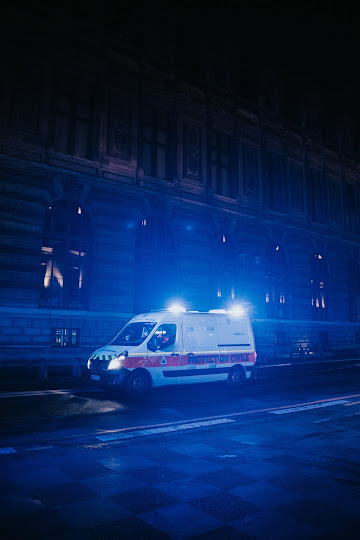Together With Medicore, Let's Combat Emergencies
A vehicle that specializes in carrying the ill and injured is an ambulance. It is employed to make it easier for patients to be transported to treatment facilities like hospitals. Emergency medical services employ ambulances to react to medical crises (EMS). They often have sirens and flashing warning lights for this function. They may quickly convey paramedics and other first responders to the incident, transfer patients to a hospital or other location for further treatment and carry equipment for providing emergency care. The majority of ambulances are built like vans or pickup vehicles. Others come in the shape of bicycles, cars, limos, planes, and boats.
The ambulance has evolved into a frequent element of our contemporary civilization for the transfer of ill or injured individuals to medical facilities, the treatment of victims at the scene, or even the delivery of medical care to a patient. Aside from the ones we normally see on the streets of our cities, there are several more types of ambulances.
Ambulances exist in a variety of styles, and they may offer varying degrees of medical assistance for different kinds of situations. Ambulances can be designed for rocky terrain, navigating crowded neighbourhoods, or travelling across countries. They might be any kind of vehicle that is necessary, including automobiles, trucks, boats, aeroplanes, and so on.
Various Types of the emergency ambulance are:
Patient Transport: A patient who is recovering from surgery is extremely frail, or who cannot be carried in a regular automobile due to their injury or medical condition occasionally has to be transported in an ambulance. These patients only require a comfortable way to get to and from a medical centre; they do not require any substantial medical attention while doing so.
For the care of seriously ill patients, a patient transport ambulance will have very limited equipment onboard. They would probably simply transport the very minimum necessary for the patient's comfort, such as oxygen for breathing assistance and other medical gear for ailments that don't pose a life-threatening hazard.
Basic Life Support: A basic life support ambulance is more likely to be dispatched to the scene to assess and treat the patient before transporting them to a medical institution if the medical emergency that calls for an ambulance to treat and transport a patient is not life-threatening. An ambulance with basic life support will be equipped to treat people with simple medical issues. Minor injuries like cuts, bruises, and broken bones as well as non-life-threatening ailments including basic respiratory distress, dehydration, post-operative patients, low-degree burns, and illnesses that call for evacuation to a medical institution can all fall under this category.
Advanced Life Support: Patients who are seriously ill or injured will be treated by an advanced life support ambulance, which will be sent to the scene. Specialized care will be needed for patients with life-threatening illnesses while they are being transported to the proper medical institution.
Because it features highly sophisticated medical equipment to handle a variety of life-threatening illnesses and severely sick patients, an advanced life support ambulance is sometimes known as a mobile intensive care unit (ICU).
Medicore has been providing the best emergency ambulance and patient transport services for many years now. Our ambulance service has always stepped up to make the most of dire situations. When a crisis is not a normal emergency, it is much more crucial to be really skilled.





Comments
Post a Comment